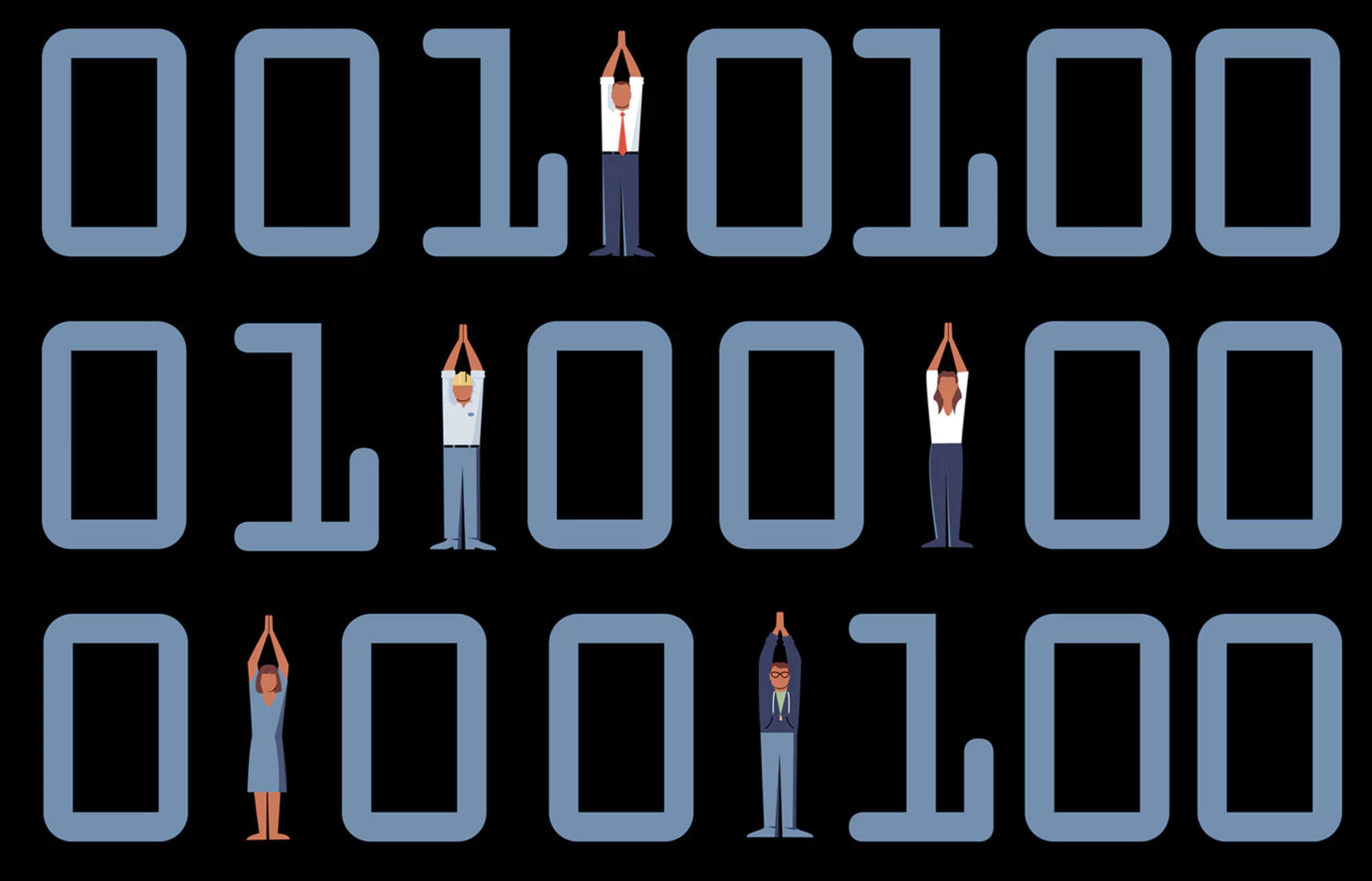OSHA Must Enforce Its Electronic Recordkeeping Rule
Public Citizen News / March-April 2019
By David Rosen

This article appeared in the March/April 2019 edition of Public Citizen News. Download the full edition here.
The federal government broke the law by refusing to collect worker health and safety data and by hastily rescinding the requirement that it do so, two Public Citizen lawsuits maintain. The complaints – filed against the U.S. Occupational Safety and Health Administration (OSHA) – are aimed at ensuring that the data will be collected.
OSHA’s electronic recordkeeping rule, as issued in May 2016, requires certain businesses with 250 or more employees and employers in high-risk industries with 20 or more employees to electronically submit an annual summary of work-related injuries and illnesses. Under that rule, such establishments were also required to submit more detailed workplace injury and illness records to OSHA. The rule also included anti-retaliation measures prohibiting employers from discouraging workers from reporting an injury or illness.
The data employers were required to submit under the 2016 rule is crucial to protecting worker health and safety and to facilitating independent research into workplace hazards. But the Trump administration has attempted to thwart the electronic reporting rule at every turn.
Shortly before the July 2018 deadline for collecting the data, OSHA announced that it would not require, or even accept, the submission of the forms used to transmit the detailed workplace injury and illness records from employers to OSHA. Instead of following notice-and-comment rulemaking procedures required by the Administrative Procedure Act for altering regulatory requirements, OSHA simply announced the suspension on its website.
OSHA’s suspension of the rule prompted Public Citizen’s first lawsuit, filed in July 2018. The lawsuit was filed on behalf of Public Citizen’s Health Research Group, the American Public Health Association and the Council of State and Territorial Epidemiologists.
Then, in January 2019, the Trump administration finalized a new rule rolling back the requirement that employers submit the detailed information required by the 2016 rule. In doing so, OSHA failed to provide a reasoned explanation for reversing OSHA’s position on the risks and benefits of requiring establishments to electronically submit the forms.
Public Citizen filed the second lawsuit, challenging the rollback, on the day that OSHA announced it.
“When it issued the electronic reporting rule after an exhaustive process, OSHA concluded that requiring the submission of workplace injury and illness data would greatly enhance worker health and safety,” said Michael Kirkpatrick, the Public Citizen attorney handling the case. “Now, OSHA has rushed through a new rule drawing exactly the opposite conclusion but has failed to provide any good reason for reversing itself.”
Public Citizen argues that OSHA’s rollback was not a product of reasoned decision-making, lacked supportive evidence, failed to adequately respond to public comments opposing it and will undermine worker health and safety. The suits asks the court to ensure that OSHA require and accept electronic recordkeeping rule submissions of the more detailed injury and illness data as required by the 2016 rule.
A final ruling on the first lawsuit is expected this spring. Public Citizen hopes that the court will agree that OSHA acted improperly by refusing to accept the required worker health and safety data last July and that it will order OSHA to collect the data that the agency previously turned away.
A decision on the legality of the 2019 rule rolling back the reporting requirement is unlikely to come soon, as that litigation is in the early stages.
“Injury and illness reporting is critical to holding employers accountable for hazardous workplaces,” said Shanna Devine, Public Citizen’s worker health and safety advocate. “OSHA’s reversal of these basic transparency requirements sends a clear message to America’s workforce that the Trump administration places industry interests before worker safety.”